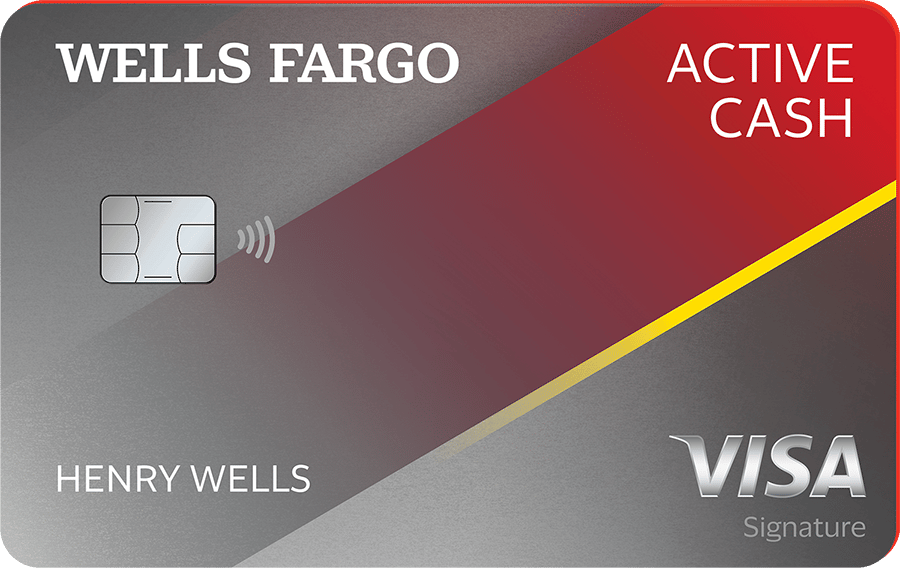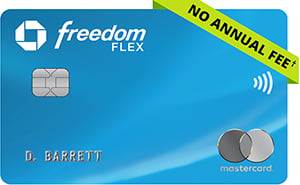5 Things to Know About the Owner’s Rewards Credit Card by M1
You can earn up to 10% cash back and invest your rewards, but there are some hoops to jump through.

Many or all of the products on this page are from partners who compensate us when you click to or take an action on their website, but this does not influence our evaluations or ratings. Our opinions are our own.
The Owner’s Rewards Card by M1, a tech company offering various financial products and services, is a cash-back credit card aimed at investors. Its base earnings rate is 1.5% cash back on all purchases, though it's possible to earn up to 10% cash back at select merchants — if you sign up for a paid membership.
You can reinvest cash-back rewards into your investment account (though redeeming for cash is also an option). In a way, this encourages card holders to utilize their rewards for the purpose of investing.
The card, which is issued by Celtic Bank, is part of a growing trend of credit cards that are evolving beyond the more common cash-back and travel rewards programs. However, you need to have an established relationship with M1 in order to get the card, and there are other limitations to be aware of.
Here are five things to know about the Owner’s Rewards Card by M1.
1. The card works in tandem with other M1 accounts
The Owner’s Rewards Card by M1 is designed to be paired with existing M1 accounts. Cash back is deposited into an M1 Spend account, which functions similarly to a checking account, or into a qualified M1 Invest account (custodial, retirement and trust accounts through M1 are excluded).
Per the card's terms, it might be possible to get your cash back in the form of a statement credit, but only in cases where your M1 accounts are unable to accept rewards. It's unclear under what circumstances that would apply.
2. There's no annual fee, technically
The Owner’s Rewards Card by M1 charges a $0 annual fee, but you get more out of the card if you join M1 Plus, a program offering extra rewards and additional perks for your suite of M1 accounts. (More on that below.)
M1 Plus costs $36 per year.
Cardholders who aren’t M1 Plus members earn 1.5% cash back on all purchases. That's an underwhelming rewards rate, considering there are many credit cards that earn 2% back on all purchases, for no annual or membership fee at all.
You could earn rewards on a general-purpose credit card and invest them on your own. A card like the Wells Fargo Active Cash® Card earns 2% cash back on all qualifying purchases. There’s also a sign-up bonus: Earn a $200 cash rewards bonus after spending $500 in purchases in the first 3 months.
3. M1 Plus members earn extra cash back at select merchants
Among the benefits of an M1 Plus membership is the ability to earn 2.5%, 5% or 10% cash back when you shop at select merchants. As of October 2024, some of those merchants include Uber, Lyft, Target, Netflix, Spotify and Starbucks, among others. All other purchases outside of those merchants earn 1.5% cash back.
According to Ben Reid, general manager of M1 Spend, M1 will refresh the list of eligible merchants every six months to reflect their updated popularity with investors.
Again, cardholders who aren’t M1 Plus members earn 1.5% cash back on all purchases and aren’t eligible to earn the higher rewards rate.
Also note that you can earn a maximum of only $200 cash back per month.
A general-purpose rewards credit card comes with fewer limitations. The Chase Freedom Flex® is an example of a good everyday card that can earn rewards quickly in areas where you frequently spend. It earns 5% cash back in rotating quarterly bonus categories on up to $1,500 in combined spending each quarter (activation of bonus categories is required). It also offers 5% back on travel booked through Chase's travel portal; 3% back on dining (including takeout and delivery); 3% back on drugstore purchases; and 1% back on all other purchases. You can also invest these rewards on your own, which might require more steps but could be worth it if it means getting more value.
4. The interest rate is high
Avoid carrying a balance on this credit card because it will get expensive. As of October 2024, the APR for purchases ranges from 19.74% to 29.74%, based on your creditworthiness.
Aim to pay the credit card bill off in full every month to avoid these interest charges. Otherwise, it will chip away at the value earned from your rewards.
5. Investing through M1 is automated
If you opt to reinvest your cash back, you’re not buying shares of the companies you shopped at to earn those rewards. With an M1 investing account, you designate your “pie” — a stock portfolio where you determine what percentage of the pie is invested in which company. You can also select a predesigned “model portfolio” created according to different investment strategies. Any reinvested rewards you earn with the Owner’s Rewards Card by M1 will be allocated according to your pie.
For example, let’s say you created a pie that is equally divided among five companies. If you redeem $200 worth of rewards, 20%, or $40, will be invested into each company.
Find the right credit card for you.
Whether you want to pay less interest or earn more rewards, the right card's out there. Just answer a few questions and we'll narrow the search for you.



